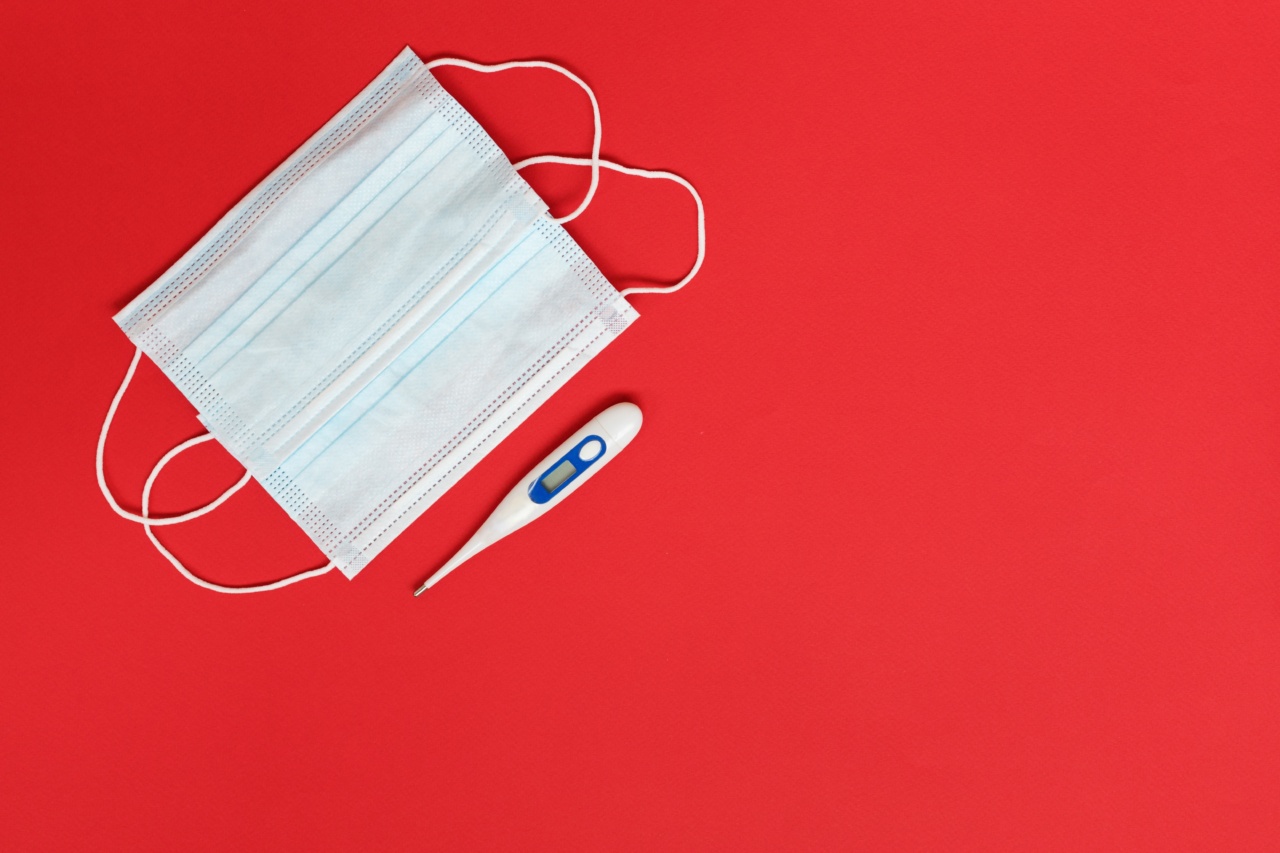A stroke is a severe condition that occurs when the blood supply to the brain is interrupted or reduced, which can cause brain cells to die.
It is also called a “brain attack.” Strokes are a leading cause of death and disability worldwide, and they can happen to anyone at any time. It is essential to understand the risk factors for stroke and take action to prevent them.
Types of Strokes
There are two main types of strokes:.
- Ischemic Stroke: This is the most common type of stroke, which occurs when a blood clot blocks a blood vessel in the brain.
- Hemorrhagic Stroke: This type of stroke occurs when a blood vessel in the brain ruptures or bleeds, causing damage to the surrounding brain tissue.
Stroke Risk Factors
While anyone can have a stroke, certain factors may increase the risk:.
- High blood pressure: This is the leading cause of stroke. High blood pressure can damage the blood vessels in the brain, making them more prone to rupture or blockage.
- Diabetes: Uncontrolled blood sugar levels can increase the risk of stroke.
- Smoking: Smoking damages the blood vessels and increases the risk of clot formation.
- Obesity: Being overweight or obese can increase the risk of stroke.
- Sedentary lifestyle: Lack of physical activity can contribute to high blood pressure, obesity, and diabetes, all of which increase the risk of stroke.
- Age and gender: The risk of stroke increases with age, with the highest risk being over the age of 55. Men are more likely to have a stroke than women, but women have a higher risk of dying from a stroke.
- Family history: Stroke may run in families.
Stroke Prevention
While some risk factors, such as age and family history, cannot be modified, there are many lifestyle changes that can help prevent a stroke:.
- Eat a healthy diet: A diet rich in fruits, vegetables, whole grains, lean protein, and low in saturated fats, sodium, and added sugars can help lower the risk of stroke.
- Exercise regularly: At least 150 minutes of moderate-intensity aerobic exercise or 75 minutes of vigorous-intensity aerobic exercise per week can help lower the risk of stroke.
- Maintain a healthy weight: Obesity can increase the risk of stroke, so maintaining a healthy weight through diet and exercise is essential.
- Quit smoking: Smoking damages the blood vessels and increases the risk of stroke. Quitting smoking and avoiding secondhand smoke is essential to lower the risk of stroke.
- Manage health conditions: High blood pressure, diabetes, and high cholesterol are all risk factors for stroke. Managing these conditions through medication, lifestyle changes, and regular check-ups with a healthcare provider can help lower the risk of stroke.
- Reduce alcohol intake: Excessive alcohol consumption can increase the risk of stroke. Limiting alcohol intake to moderate levels can help lower the risk of stroke.
- Manage stress: Chronic stress can contribute to high blood pressure, which is a risk factor for stroke. Managing stress through relaxation techniques, exercise, and social support can help lower the risk of stroke.
Recognizing a Stroke
It is essential to recognize the signs and symptoms of a stroke, as early intervention can help prevent brain damage and disability. The acronym FAST can help you remember:.
- Face drooping: Check if one side of the person’s face droops or is numb.
- Arm weakness: Check if one arm is weak or numb. Ask the person to raise both arms if they are having trouble with one arm.
- Speech difficulty: Check if the person can speak clearly or if their words are slurred or jumbled. Ask them to repeat a simple phrase like “the sky is blue.”
- Time to call 911: If you notice any of the above signs, call 911 immediately.
Treatment for Stroke
If someone has had a stroke, they need to receive emergency medical attention as soon as possible. Treatment depends on the type of stroke, but typically involves:.
- Ischemic Stroke: Treatment may involve medications to dissolve blood clots or surgery to remove them. Medications to lower blood pressure, cholesterol, and prevent blood clots may also be used.
- Hemorrhagic Stroke: Treatment may involve surgery to remove the excess blood and relieve pressure on the brain. Medications to control blood pressure and prevent seizures may also be used.
Conclusion
Strokes are a leading cause of death and disability worldwide, but many strokes can be prevented through lifestyle changes and early intervention.
Understanding the risk factors for stroke and taking steps to prevent them is essential for maintaining good health.






























